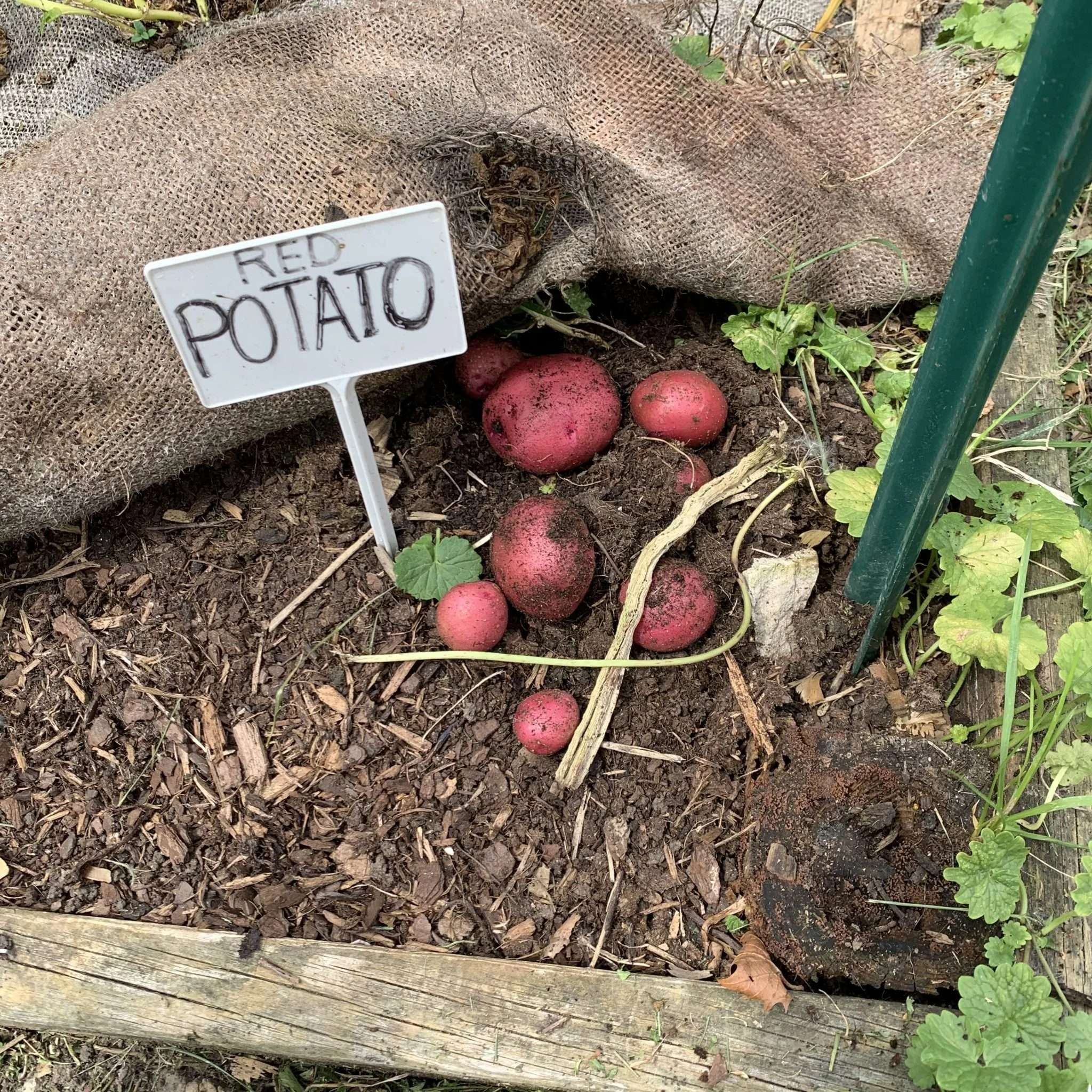MidSeason Harvest
It’s mid July. That means it’s time to start harvesting the early spring crops! The replacement seedlings are in the greenhouse now. But first I need to not only HARVEST available produce and root vegetables, I need to figure out how to PRESERVE them after I harvest them. This is the learning curve. Squash and zucchini WILL NOT preserve without canning, vacuum sealing and freezing or just freezing. There is no way around this. Crops like potatoes, onions, garlic, and shallots do fine in peat moss wrapped by burlap and stored in a cool cellar. These are “dry roots”.What I call “wet roots” like turnips, beets, parsnips, and carrots do not. Trust me on this point. Three rats and a pulp basket full of rotting disappointment later in the root cellar sobers you up. 19th Century farmers stored that in ice cellars or in a super cool spring room. Ironically, there is No such luxury in a 21st Century urban farm. One can only have so many freezers. I have three. AEP reminds me every month in my bill every summer and fall.[media-credit id=3 align="alignnone" width="900"] So, the wet roots, tomatoes, and greens are being, harvested, washed, chopped, laid flat and vacuum sealed flat for easy freezer storage for use in the winter. Tomatoes and select herbs are being processed and canned. I will make my 40% quota yet! I just have to be creative with how and when I process them. Some are eaten immediately. Some are preserved. I am getting better at discerning which is the better choice.When we finish the eventual remodel of the west wing of this house I am going to install a lab, a mud room/animal washing station, and a temperature controlled walk-in freezer/dehydrator palace that would be the envy of every 19th Century farmer. Solar powered, well insulated passive heated and cooled, and efficient. One has to have dreams. Until then one has to have reasonable expectations.
So, the wet roots, tomatoes, and greens are being, harvested, washed, chopped, laid flat and vacuum sealed flat for easy freezer storage for use in the winter. Tomatoes and select herbs are being processed and canned. I will make my 40% quota yet! I just have to be creative with how and when I process them. Some are eaten immediately. Some are preserved. I am getting better at discerning which is the better choice.When we finish the eventual remodel of the west wing of this house I am going to install a lab, a mud room/animal washing station, and a temperature controlled walk-in freezer/dehydrator palace that would be the envy of every 19th Century farmer. Solar powered, well insulated passive heated and cooled, and efficient. One has to have dreams. Until then one has to have reasonable expectations.


